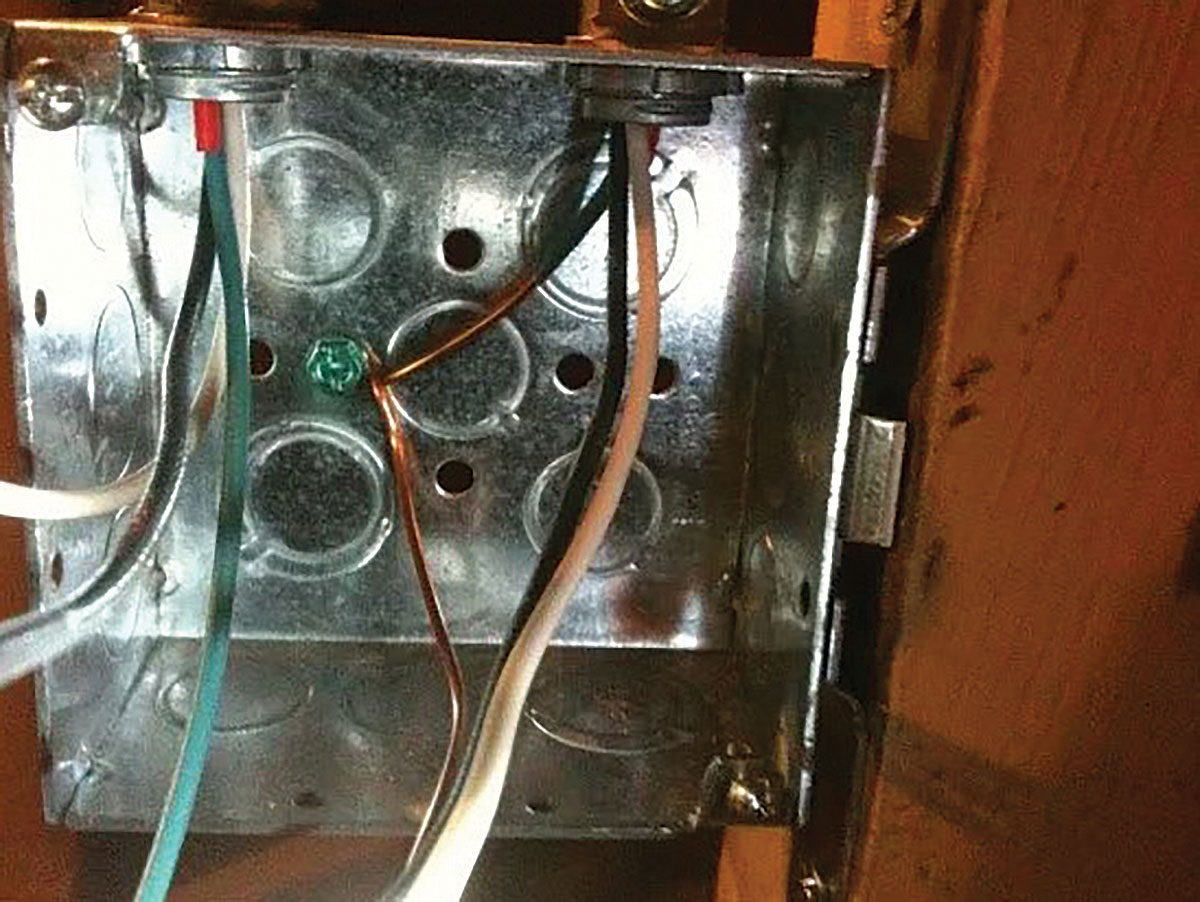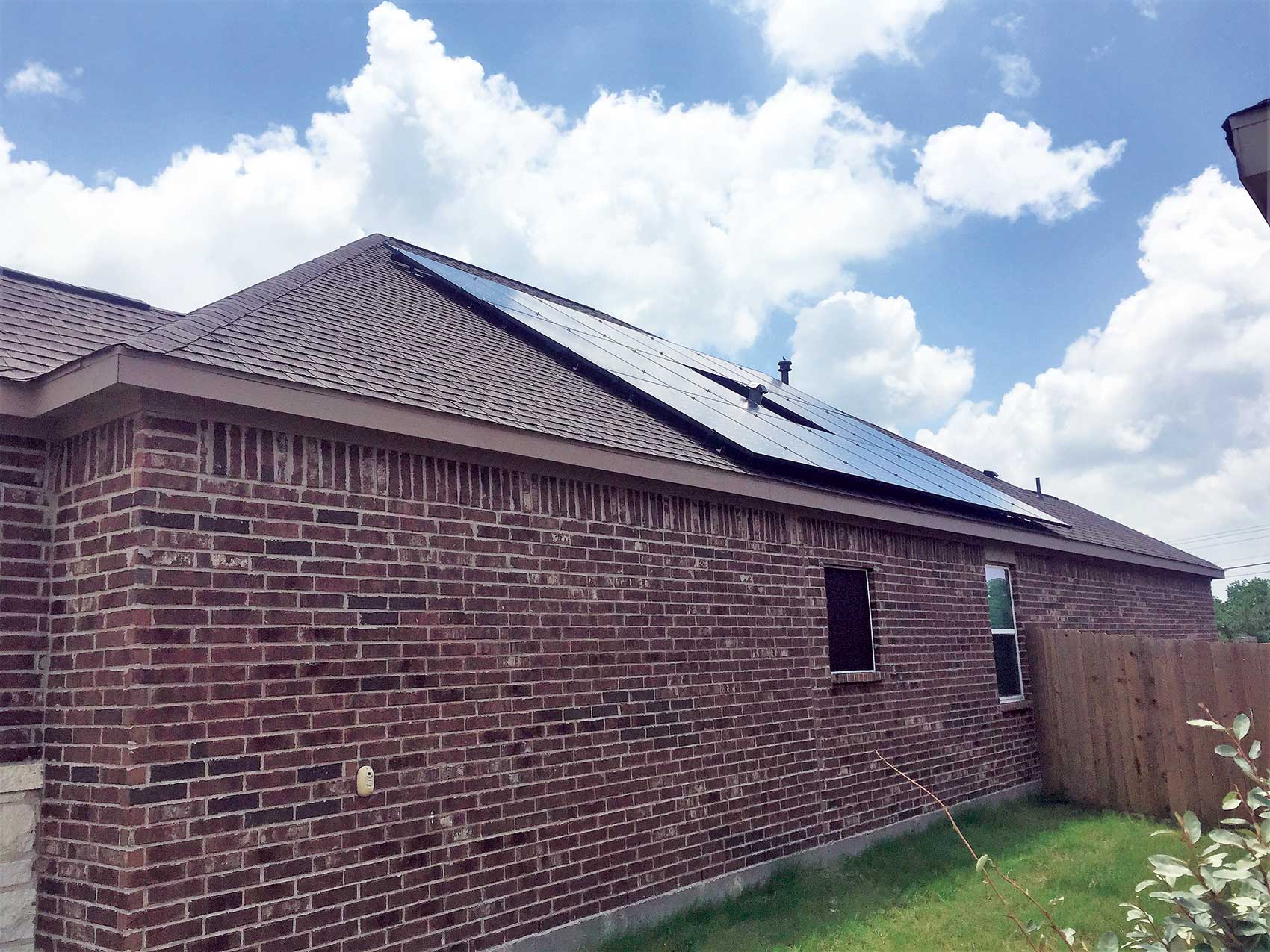Question
Are there any provisions in the NEC that address the de-energizing of rooftop photovoltaic (PV) wiring in an emergency situation for first responder emergency personnel? JC
Answer
This answer will be solely in reference to the National Electrical Code (NEC) as there are many local requirements across the country that attempt to address this issue.
Let’s begin with de-energizing. It is well understood that when electrical circuits and equipment are de-energized, they are disconnected from a source of power utilizing a disconnecting means. Using this analogy, your question could be rephrased to inquire if there is a requirement for a disconnecting means for PV circuits; that direct answer is yes.
The language found in the 2011 NEC at 690.14(C)(1) which — states, “The photovoltaic disconnecting means shall be installed at a readily accessible location either on the outside of a building or structure or inside nearest the point of entrance of the system conductors” — first appeared in the 2002 edition of the NEC. When you examine this language, it closely resembles the requirements for service or service disconnecting means. That is predominately due to the fact that many people think of PV systems as being the same as a service. However, they are, in fact, dramatically different from a service as they are a finite power source; whereas, a service is considered infinite for most system design issues. That being said, the design considerations for a disconnecting means required for a service and that required for a PV system are different. The major concern for a service is infinite fault current, and the major concern for a PV system is the ability to extinguish a direct current (dc) arc.
The 2005 NEC added an exception to the disconnecting means requirement found in 690.14(C)(1). This exception referenced 690.31 and allowed the disconnecting means to be located anywhere in the building, provided the PV conductors were installed in metal raceways. You can see as you follow this that the requirement was really focused on the ability to isolate the PV conductors from the other portions of the electrical system and not on the safety of emergency responders. In an effort to enhance some of the basic safety concerns expressed by the fire service in particular, requirements have been added to adequately label the wiring methods that contain these PV conductors so that properly trained emergency response personnel will know that these conductors are more than likely energized.
As you can see, there is not, and never has been, a requirement for rooftop disconnects to assure that the energized conductors could not leave the array area once the disconnect was opened. In 2014 NEC, there will be a new requirement located at 690.12 for an emergency shutdown procedure. Once activated, this emergency shutdown procedure will use electronics to limit the voltage output at the string or module level to not more than 80 volts. However, that voltage may actually decrease to 50 volts when everything in the 2014 NEC process plays out. This requirement still needs some refinement in areas such as who initiates the procedure and how is the procedure initiated. This is the closest approach to totally disconnecting the output of a rooftop system for emergency responders that has ever been made. This requirement was added in response to the work performed by a special committee established by the NFPA NEC Technical Correlating Committee to examine the safety of emergency responders when they respond to buildings that have PV installations.
James J. Rogers
IAEI Representative, CMP-4













Find Us on Socials